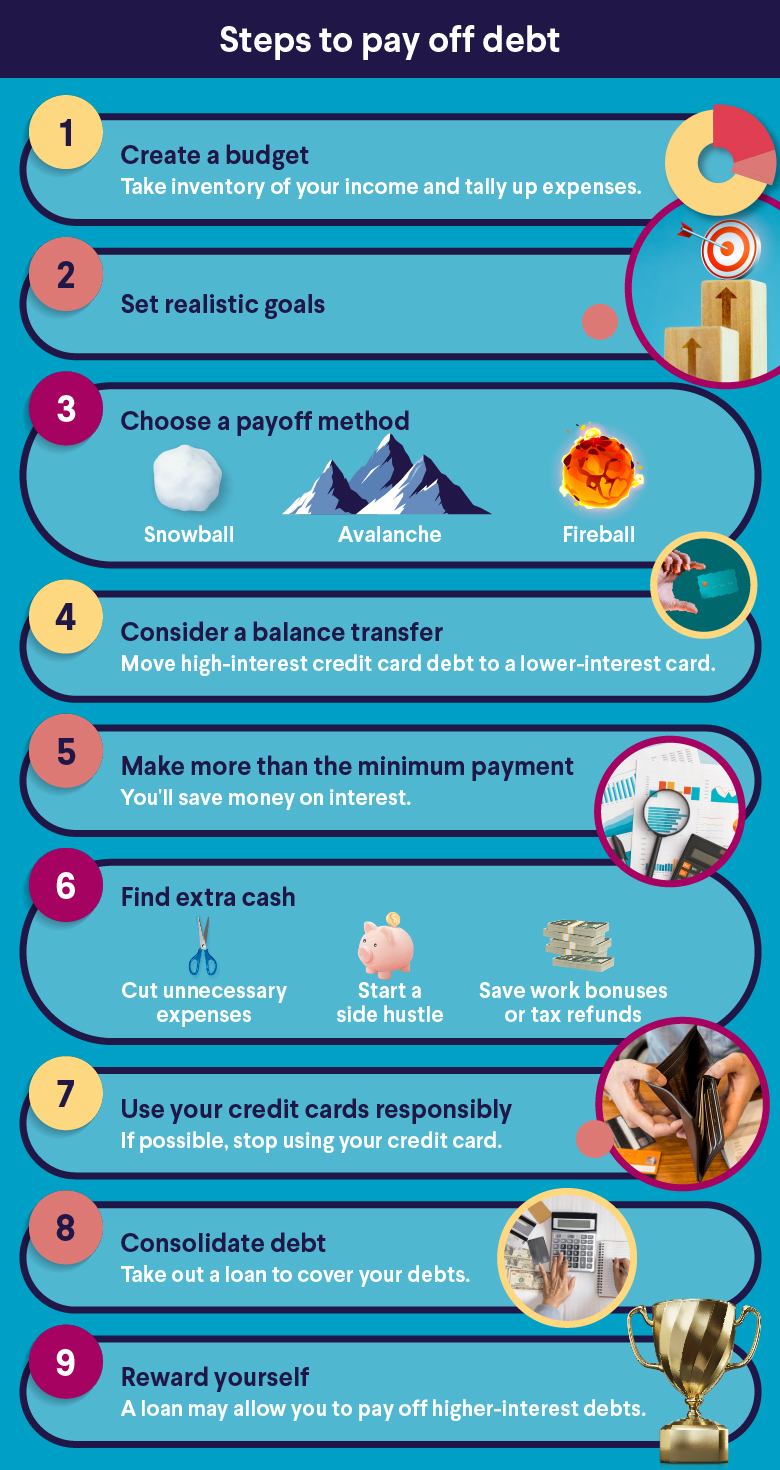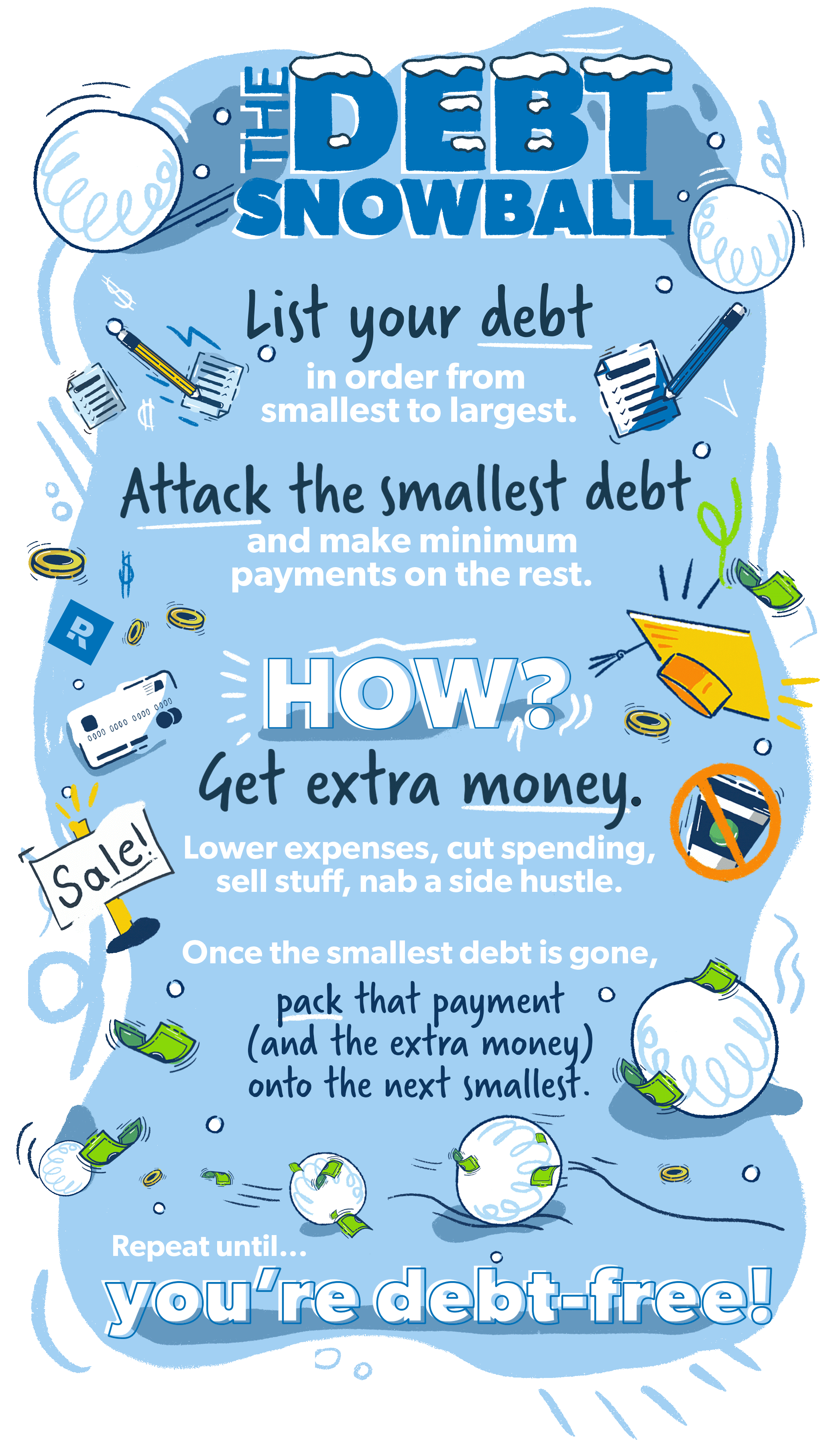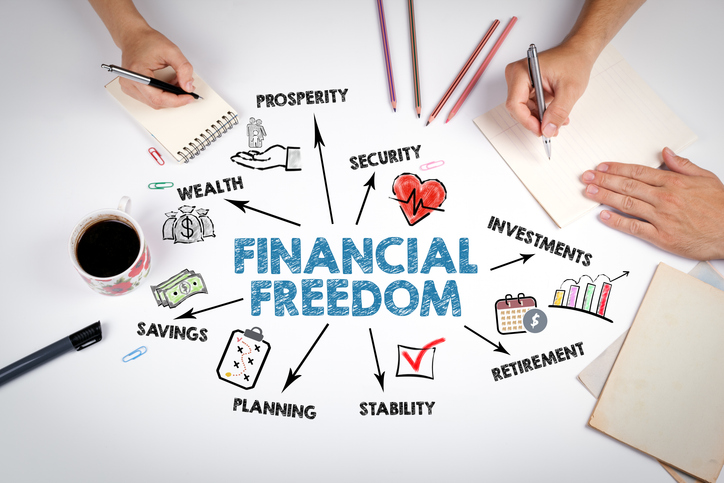Debt is a pervasive reality, from credit card balances to student loans and mortgages, often overwhelming and emotionally burdensome. It casts a long shadow over aspirations and security. However, financial freedom is an achievable reality. Breaking the debt cycle requires commitment, discipline, and a clear strategy. It’s about transforming financial habits, making informed decisions, and systematically dismantling the chains of debt.
This comprehensive article is your practical guide. We will demystify debt, explain its impact, and equip you with actionable strategies to accelerate repayment. From the Debt Snowball and Debt Avalanche to smart budgeting and income-boosting tactics, we cover essential tools and mindsets. By the end, you will have a clear roadmap to not only break free from debt but also to build a solid foundation for lasting financial freedom and peace of mind.
II. Understanding Your Debt: The First Step to Freedom

Before tackling debt, you must understand it: its types, costs, and psychological impact. This foundational step is crucial for an effective repayment plan.
Identifying All Types of Debt
List every debt: credit cards (high-interest, revolving), student loans (federal/private, varying terms), mortgages (secured, large principal), auto loans (secured, fixed-rate), personal loans (unsecured, variable rates), medical debt (unexpected, substantial), and payday loans (high-interest trap, avoid). Create a detailed list with creditor, original amount, current balance, interest rate, and minimum payment. This provides a clear financial picture.
Calculating Total Debt and Interest Rates
Calculate your total outstanding balance. Crucially, pay attention to interest rates. High-interest debts, like credit cards, grow rapidly due to compounding, making principal repayment difficult. Understanding these rates is critical for prioritization.
Understanding the Psychological Impact of Debt
Debt is not just financial; it’s psychological. Worry, overwhelm, and shame lead to stress, anxiety, and depression. Recognizing this emotional burden is vital. Acknowledging these feelings can be a powerful motivator. Celebrate small victories to maintain momentum and combat the psychological weight.
III. Crafting Your Debt-Busting Strategy

Choose a repayment strategy based on your personality and financial situation.
A. The Debt Snowball Method
Focuses on psychological wins. List debts smallest to largest balance, regardless of interest. Make minimum payments on all but the smallest, then attack the smallest with all extra money. Once paid, roll that payment into the next smallest. Pros: Provides quick wins and motivation. Cons: May pay more interest over time.
B. The Debt Avalanche Method
Mathematically most efficient. List debts highest interest rate to lowest, regardless of balance. Make minimum payments on all but the highest-interest debt, then attack that one with all extra money. Once paid, roll that payment into the next highest-interest debt. Pros: Saves the most money in interest. Cons: Can be less motivating initially if high-interest debts are large.
C. Debt Consolidation and Refinancing
Combine multiple debts into a single loan, often with a lower interest rate or manageable payment. Consider if you have multiple high-interest debts or struggle with payments. Options: personal loans, balance transfer credit cards (0% intro APR, but beware of fees/expiration), home equity loans (lower rates, but home at risk). Pros: Simplified payments, potentially lower interest. Cons: Risk of new debt if habits don't change; home equity loans put assets at risk. Evaluate all terms carefully.
IV. Boosting Your Debt Repayment Power

Supercharge your efforts by optimizing finances and increasing repayment capacity.
A. Budgeting for Debt Repayment
A budget is a powerful tool for finding extra money. Track spending diligently (apps, spreadsheets). Identify areas to cut expenses (dining out, subscriptions, discretionary spending). Consider a "zero-based budget" where every dollar is assigned a job, maximizing funds for debt.
B. Increasing Your Income
Accelerate repayment by earning more. Consider side hustles (freelancing, gig work), negotiating a raise, selling unused items, taking temporary gigs or overtime, or monetizing a hobby. The goal is to create a surplus to strategically direct towards debt, reducing interest and shortening your debt-free timeline.
V. Maintaining Momentum and Building New Habits

Debt repayment is a marathon. Maintain momentum and cultivate healthy financial habits for long-term success.
A. Celebrate Milestones (Big and Small)
Celebrate every milestone to stay motivated. Small rewards for paying off a debt or reaching a percentage goal reinforce positive behavior and provide psychological boosts.
B. Automate Your Payments
Set up automatic payments to avoid missed payments and consistently apply your strategy. Automate minimums, then manually apply extra payments to your target debt.
C. Build an Emergency Fund (and Protect It)
Prioritize a robust emergency fund (3-6 months of living expenses) to prevent new debt from unexpected expenses. This safety net is critical for breaking the debt cycle permanently.
D. Continue Budgeting and Tracking
Budgeting is a lifelong habit. Continue tracking income and expenses even after debt-free to manage money, save for future goals, and avoid new debt.
E. Address the Root Causes of Your Debt
Understand and address the underlying behaviors (overspending, lack of budgeting) or circumstances that led to debt. This helps implement preventative measures and develop healthier financial habits for the future.
VI. Conclusion: Your Path to Financial Freedom

Breaking the debt cycle is an empowering journey. The best strategy is the one you stick with consistently. Complement your repayment strategy with smart budgeting, income-boosting efforts, and an emergency fund. This journey transforms your relationship with money, cultivating mindful spending, disciplined saving, and strategic investing. Achieve true financial freedom – the ability to live life on your own terms. Start today, stay persistent, and transform your financial future.






